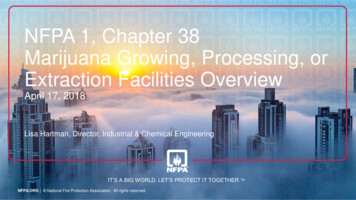
Transcription
NFPA 1, Chapter 38Marijuana Growing, Processing, orExtraction Facilities OverviewApril 17, 2018Lisa Hartman, Director, Industrial & Chemical EngineeringIT’S A BIG WORLD. LET’S PROTECT IT TOGETHER.TMNFPA.ORG National Fire Protection Association. All rights reserved.
Agenda NFPA & The Standards Development Process NFPA 1 Fire Code– Chapter 38 Marijuana Growing, Processing, or ExtractionFacilities NFPA Supporting Codes NFPA Resources QuestionsNFPA.ORG National Fire Protection Association. All rights reserved.2
NFPA &The Standards DevelopmentProcess
Global non-profit devoted to eliminating death, injury, property and economic loss due to fire,electrical and related hazards. Our information and knowledge comes in many forms:- Support for the development, adoption and enforcement of our codes and standards- Research and data analysis- Technical training and certification- Public education- Outreach and advocacyFounded in 18966,000 volunteers300 employeesdevelopment committeesMore than 60,000 members300 codes and standards275 technical code-and-standard-Offices in the United Arab Emirates, Canada, Mexico, France & Chinawww.nfpa.org National Fire Protection Association. All rights reserved.
American National Standards Institute (ANSI)Standards DevelopersNFPA.ORG National Fire Protection Association. All rights reserved.5
NFPA Guiding Principles Due processOpennessLack of dominanceSeek society’s balance between:– Acceptable risk– Commitment of resourcesNFPA.ORG National Fire Protection Association. All rights reserved.
The Participants 1) The public 2) 60,000 Members 3) Board of Directors– Approximately 25 members– Elected by Membership 4) Standards Council 5) Technical Committees 6) NFPA StaffNFPA.ORG National Fire Protection Association. All rights reserved.
Technical Committees Balanced “Consensus bodies” TCsTypical max size of 30 6,000 Volunteers 278 Technical Committees 300 Codes & Standards1/3 Balance Rule:A committee can never have morethan 1/3 of its membership from anyone interest categoryNFPA.ORG National Fire Protection Association. All rights reserved.8
Revision Cycle104 weeks or 141 weeks
In Summary Balanced Consensus Body TCs Extensive Public Input & Notification– (NFPA News, ANSI Standards Action, Federal Register) Documents generally revised every 3-5 years Process 18-24 months Steps:0) New Project Request1) Public Input (PI) Stage2) Public Comment (PC) Stage3) Annual NFPA Technical Meeting in June4) Council Appeals/Issuance of Standard- 3x/yearNFPA.ORG National Fire Protection Association. All rights reserved.
NFPA 1, Chapter 38Marijuana Growing, Processing, or Extraction FacilitiesNFPA Journal September/October 2016NFPA.ORG National Fire Protection Association. All rights reserved.11
Legalization Public lity of cannabis by U.S. jurisdictionNFPA.ORG National Fire Protection Association. All rights reserved.12
1313
NFPA 1 Fire Code Scope: NFPA 1, Fire Code, advances fire and life safety for the publicand first responders as well as property protection by providing acomprehensive, integrated approach to fire code regulation and hazardmanagement. It addresses all the bases with extracts from andreferences to more than 130 NFPA codes and standards 2021 Edition Schedule– Public Input (PI) Closing Date: June 27, 2018– First Draft Report Posting Date: March 27, 2019– Public Comment (PC) Closing Date: June 5, 2019NFPA.ORG National Fire Protection Association. All rights reserved.
NFPA 1, Chapter 38Marijuana Growing, Processing, or Extraction FacilitiesNFPA.ORG National Fire Protection Association. All rights reserved.15
HazardsGeneral Siting zoning, permitting Egress Lights Plasticdividers/combustibleinterior finishes Fumigation SecurityNFPA.ORG National Fire Protection Association. All rights reserved.Processing/Extraction Electrical- Equipment &Classification HVAC Equipment Industrial Gases- CO2 Liquefied Petroleum Gases(LPG)- propane, butane Flammable Liquids- ethanol,methanol, hexane, heptane
NFPA 1, Chapter 38Marijuana Growing, Processing, or Extraction Facilities38.1 Application Shall apply to the growing and processing of marijuana within new and existingbuilding Not applicable to retail sale of marijuana where growing and processing doesnot occur Occupancy- Chapter 6 Classification of Occupancy38.2 Permits Comply with Section 1.12 Permits & Approvals38.3 Fire Protection Systems Chapter 13 Fire Protection Systems [NFPA 13, 20, 25, 72, 101 etc.]38.4 Means of Egress Chapter 14 Means of Egress [NFPA 101 Life Safety Code]NFPA.ORG National Fire Protection Association. All rights reserved.17
NFPA 1, Chapter 38 Marijuana Growing,Processing, or Extraction Facilities38.5 Growing or Production of Marijuana 38.5.1 Ventilation for Light Fixtures 38.5.2 Odor Control– Ozone generators Chapter 54 Ozone Gas-Generating Equipment 38.5.3 Interior Finish, Contents, and Furnishings– Section 12.5 Interior Finish [NFPA101, 10.2]– Section 2.6 Contents and Furnishings [NFPA 101, 10.3]– No use of plastic to create wall divider is allowed 38.5.4 Fumigation 38.5.5 Pesticide applicationNFPA.ORG National Fire Protection Association. All rights reserved.
Processing & Extraction Medical: Tetrahydrocannabinolic Acid (THCA) aka CannabinoidRecreational: Tetrahydrocannabinol (THC)– THCA - TCA via decarboxylation– Examples: Hash Oil, Tinctures, Shatter, WaxExtraction Methods– Bubble Hash Extraction– CO2 Extraction– Solvent-less Extraction (e.g. dry ice)– Solvent Extraction Closed loop vs. Open loop (aka open blasting)– Butane Hash Oil Extraction (BHO)NFPA.ORG National Fire Protection Association. All rights reserved.19
NFPA 1, Chapter 38 Marijuana Growing, Processing, orExtraction Facilities38.6 Processing or Extraction 38.6.1 General 38.6.2 Liquefied Petroleum Gas (LPG) Extraction 38.6.3 Flammable and Combustible Liquid Extraction 38.6.4 Carbon Dioxide ExtractionNFPA.ORG National Fire Protection Association. All rights reserved.
NFPA 138.6.1 General 38.6.1.1 Extraction Room–––––Meet Building Code & NFPA 1Noncombustible construction (except CO2 & non-hazardous)Dedicated no storage allowedRestricted sitingMeans of Egress 38.6.1.2 Staffing 38.6.1.3 Operator Training 38.6.1.4 SignageNFPA.ORG National Fire Protection Association. All rights reserved.21
NFPA 138.6.1.5 Systems, Equipment, and Processes General Compliance– NFPA 1 Fire Code & 60.5.1.6 Systems, Equipment, and Processes [400,6.1.6]– NFPA 90A Standard for the Installation of Air-Conditioning and VentilatingSystems– Includes vessels, chambers, containers, cylinders, tanks, piping tubing,valves, fittings & pumps– Use listed or approved equipmentEquipment– Explosive condition exists, equipment, heating equipment is prohibited– Refrigerators & other cooling equipment- NFPA 70 NEC, Article 501– LPG tanks comply with Section 69.2.1 Containers [58, 5.2]NFPA.ORG National Fire Protection Association. All rights reserved.22
NFPA 138.6.1.5 Systems, Equipment, and Processes Documentation for Equipment with No Listing– Requires designer or record and design documentation and/or peerreviewChange of Extraction Medium– requires AHJ approvalEquipment Field VerificationNFPA.ORG National Fire Protection Association. All rights reserved.23
NFPA 138.6.2 Liquefied Petroleum Gas (LPG) Extraction Compliance with 38.6.1 & 38.6.2Exhaust Systems– NFPA 91 Standard for Exhaust Systems for Air Conveying of Vapors, Gases, Mists, andParticulate Solids or mechanical codeElectrical– NFPA 70 NEC– Lighting & equipment interlocked with exhaust system– E-power: lighting, ventilation system, solvent gas detectionGas Detection 25% LEL/LFLProtection– Automatic Suppression: NFPA 12, 13, 17 & 2001Piping– NFPA 58 LP Gas CodeNFPA.ORG National Fire Protection Association. All rights reserved.24
NFPA 138.6.3 Flammable and Combustible Liquid Extraction Compliance with 38.6.1 & 38.6.3Exhaust Systems– NFPA 45, NFPA 91 Standard for Exhaust Systems for Air Conveyingof Vapors, Gases, Mists, and Particulate Solids or mechanical codeElectrical– NFPA 70 NEC– Lighting & equipment interlocked with exhaust systemStorage, Use & Handling– NFPA 1 & Chapter 66 Flammable & Combustible Liquids [NFPA 30]Heating of flammable/combustible liquids over open flame is prohibitedNFPA.ORG National Fire Protection Association. All rights reserved.25
NFPA 138.6.4 Carbon Dioxide Extraction Compliance with 38.6.1 & 38.6.4 Secure cylinder(s) Gas Detection– Install an approved, listed CO2 detector in extraction room– CO2 5,000 ppm (OSHA TWA 8-hour) Exhaust CO2 to exterior of building (e.g. relief device)Reference: Chapter 63 Compressed Gases and Cryogenic Fluids[NFPA 55]NFPA.ORG National Fire Protection Association. All rights reserved.26
NFPA 138.6.7 Transfilling38.7 Transfilling– Addresses working container connected to extractionequipment. Comply with:– Section 69.3.5 Container Separation Distances [58, 6.4]– Section 69.4.2 Operational Safety [58, 7.2]– NFPA 58 LP-Gas CodeNFPA.ORG National Fire Protection Association. All rights reserved.27
NFPA Supporting Documents28
NFPAwww.nfpa.orgNFPA.ORG National Fire Protection Association. All rights reserved.
NFPA Codes & StandardsNFPA.ORG National Fire Protection Association. All rights reserved.
NFPA.ORG National Fire Protection Association. All rights reserved.31
NFPA.ORG National Fire Protection Association. All rights reserved.32
NFPA.ORG National Fire Protection Association. All rights reserved.33
NFPA.ORG National Fire Protection Association. All rights reserved.34
NFPA 70 NECElectrical Area ClassificationsARTICLE 500 Hazardous (Classified) Locations, Classes I, II, and III,Divisions 1 and 2 ARTICLE 501 Class I Locations - flammable/combustible liquids ARTICLE 502 Class II Locations ARTICLE 503 Class III Locations ARTICLE 504 Intrinsically Safe Systems ARTICLE 505 Zone 0, 1, and 2 Locations (Alternate) ARTICLE 506 Zone 20, 21, and 22 Locations for Combustible Dusts orIgnitable Fibers/Flyings (Alternate)NFPA.ORG National Fire Protection Association. All rights reserved.35
NFPA.ORG National Fire Protection Association. All rights reserved.36
NFPA.ORG National Fire Protection Association. All rights reserved.37
NFPA 30 Outline Chapter 1 AdministrationChapter 2 ReferencesChapter 3 DefinitionsChapter 4 Definition and Classificationof LiquidsChapter 5 ReservedChapter 6 Fire and Explosion ProtectionChapter 7 Electrical SystemsChapter 8 ReservedNFPA.ORG National Fire Protection Association. All rights reserved.Chapter 9 Container Storage General– Chapter 10 Container StorageMercantile– Chapter 11 Container Storage Industrial– Chapter 12 Container Storage-StorageOccupancies– Chapter 13 Container StorageDetached– Chapter 14 Hazardous MaterialsLockers– Chapter 15 Outdoor Storage– Chapter 16 Indoor Liquid Storage
NFPA 30 Outline Chapter 17 Processing FacilitiesChapter 18 Dispensing, Handling, Transfer andUseChapter 19 Specific OperationsChapter 20 ReservedChapter 21 Tank Requirements– Chapter 22 Aboveground Storage Tanks(ASTs)– Chapter 23 Underground Storage Tanks(USTs)– Chapter 24 Storage Tank Buildings– Chapter 25 Storage Tank VaultsNFPA.ORG National Fire Protection Association. All rights reserved. Chapter 26 ReservedChapter 27 PipingChapter 28 Bulk Unloading Tank CarsChapter 29 WharvesAnnexes A Explanatory MaterialAnnexes B - I
NFPA 30 Classification Examples Class IA ‐ Diethyl Ether, Ethylene Oxide, some light crude oilsClass IB ‐ Acetonitrile, Methanol, Ethanol, IPA, HexaneClass IC ‐ Xylene, some paints, some solvent‐based cementsClass II ‐ Diesel Fuel, Paint ThinnerClass IIIA ‐ Home Heating OilClass IIIB ‐ Cooking Oils, Lubricating Oils, Motor OilNote: Aqueous alcohol solutions are either: Class 1C, II, IIIA & IIIBNFPA.ORG National Fire Protection Association. All rights reserved.40
NFPA 30 Summary A broad-based mandatory document that covers general storage andhandling of liquids that can burn and operations involving these liquids. It covers storage and handling in small containers, in large shippingcontainers, and in bulk storage tanks, both aboveground storage tanks(ASTs) and underground storage tanks (USTs). It covers basic fire safety measures for operating facilities, such aschemical plants, distilleries, refineries, and other process plants. It covers small scale handling, such as might occur in a machine shopor manufacturing plant. Establishes specific provisions for certain operations, such as heattransfer systems that use combustible liquids as the heat transfermedium, vapor recovery systems, and small solvent recoveryequipment.NFPA.ORG National Fire Protection Association. All rights reserved.41
NFPA.ORG National Fire Protection Association. All rights reserved.42
NFPA 58 Highlights Chapter 4, General Requirements– General information on fire extinguishers, training, and odorization Chapter 5, LP-Gas Equipment and Appliances– Construction of various LP-Gas applications including containers, valves,and appliances Chapter 6, Installation of LP-Gas Systems– Location of LP-Gas applications including piping, valves, and appliances Chapter 7, LP-Gas Liquid Transfer– How to transfer LP-Gas liquid from container to container Chapter 8, Storage of Cylinders Awaiting Use, Resale, orExchange– Storing cylinders including cabinets for selling cylindersNFPA.ORG National Fire Protection Association. All rights reserved.
NFPA.ORG National Fire Protection Association. All rights reserved.44
NFPA 400 Outline Chapter 1 Administration Chapter 2 References Chapter 3 Definitions Chapter 4 Classif
– NFPA 45, NFPA 91 Standard for Exhaust Systems for Air Conveying of Vapors, Gases, Mists, and Particulate Solids or mechanical code Electrical – NFPA 70 NEC – Lighting & equipment interlocked with exhaust system Storage, Use & Handling – NFPA 1 & Chapter 66 Flammable & Combustible Liquids [NFPA 30]
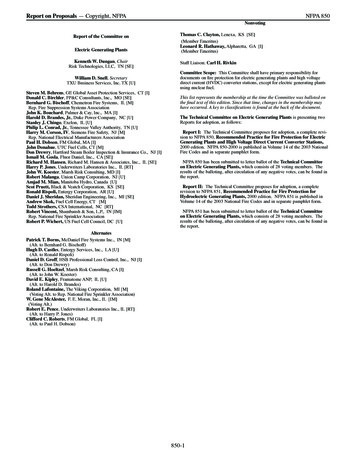
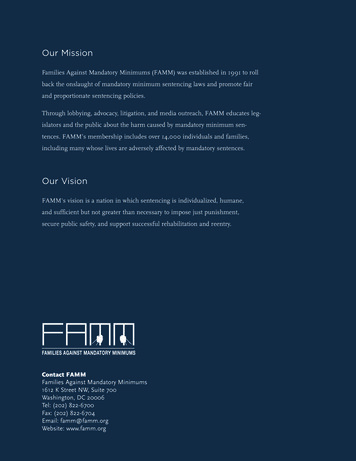
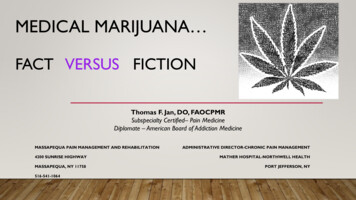
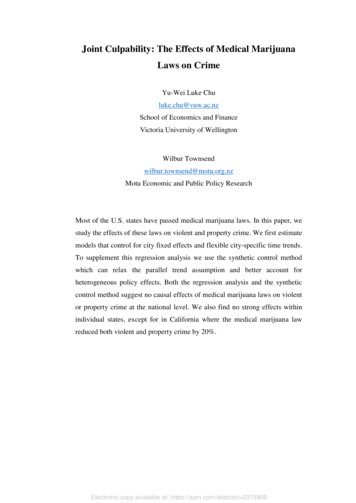
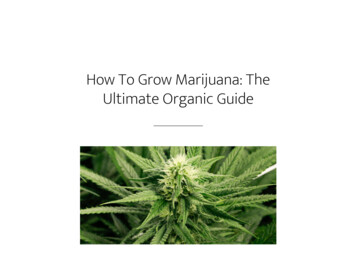
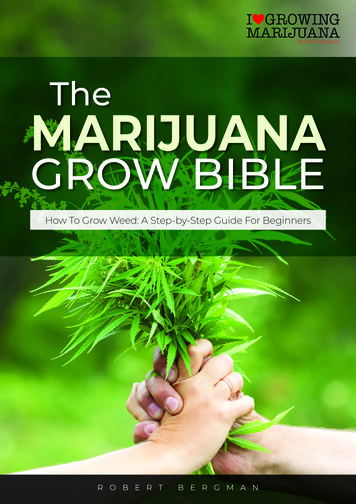
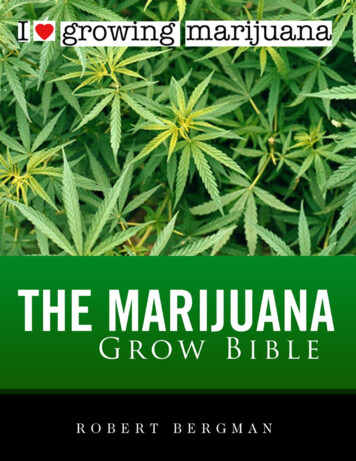
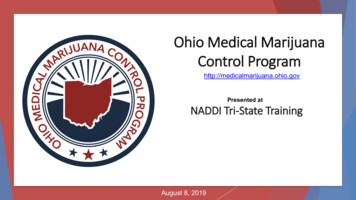
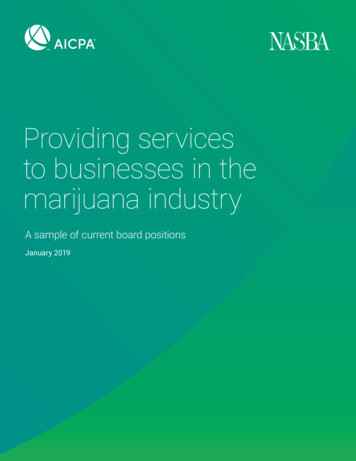
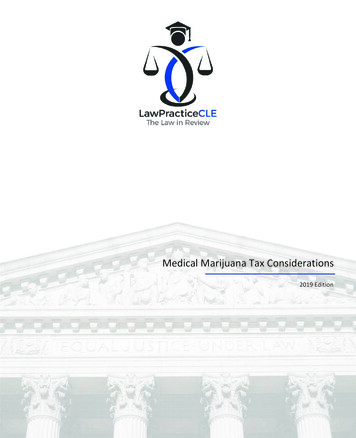
![First Revision No. 3-NFPA 497-2014 [ Chapter 2 ]](/img/5/497-a2016-eec-aaa-fd-frstatments.jpg)
![Public Input No. 46-NFPA 70B-2016 [ Chapter 2 ]](/img/6/70b-f2018-eem-aaa-fd-piresponses.jpg)